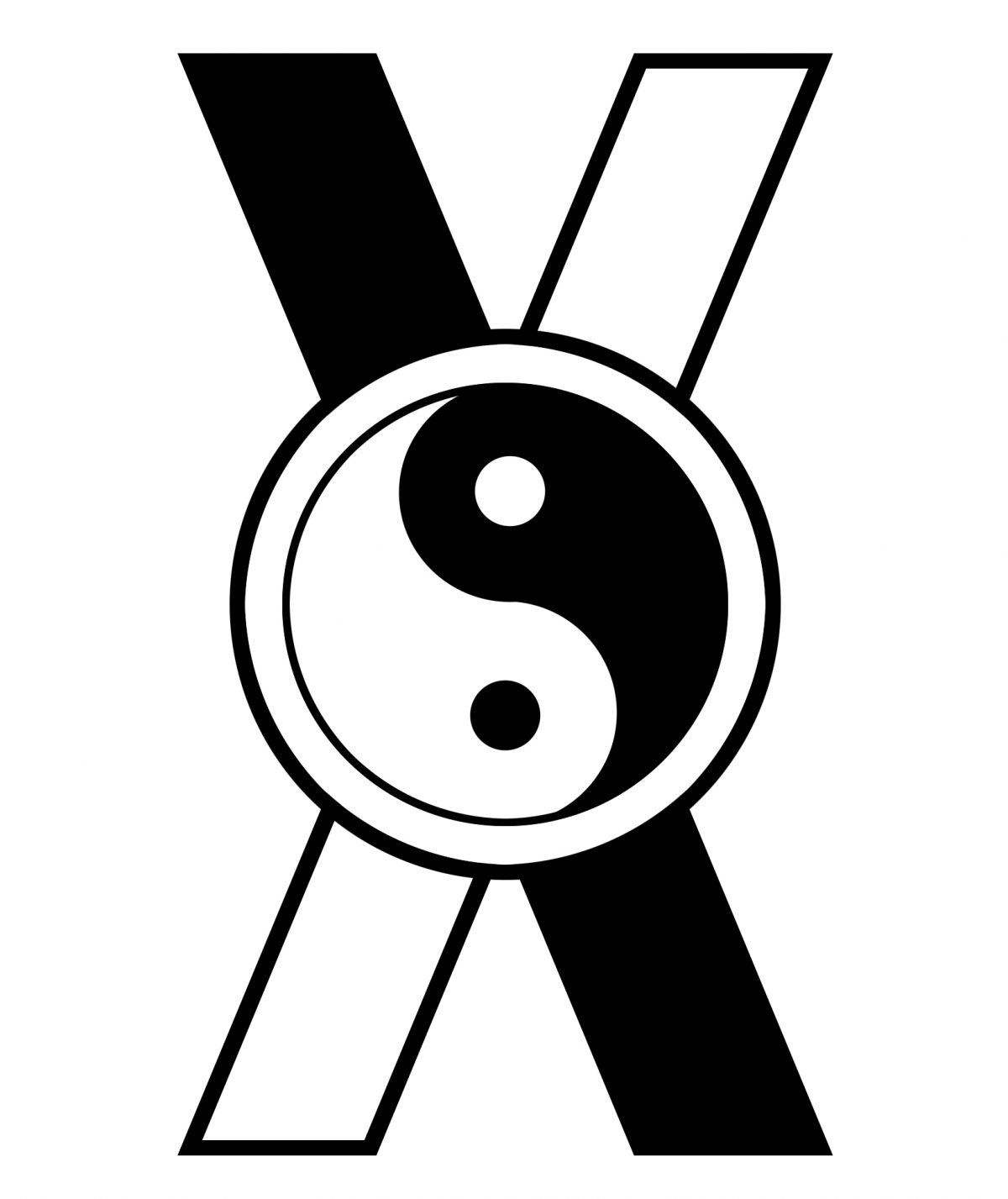Something I’ve seen coming up in a number of podcasts and videocasts are people talking about – and dealing with – just how American (and Western) cultural thinking is a essentially Evangelical Christianity. It doesn’t matter what your religion is, if you grew up in America, you’ve probably got a good shot of fire-and-brimstone apocalyptic evangelism in your head.
The more I think about it, the more I see it. Yes that may be pattern matching, but I think there’s something really there.
There’s a streak of righteous punitive cruelty in American culture. Yes, we’re used to it in the “God hates everyone I hate me types.” But I also see it in people supposedly with progressive or humanist values, suddenly ready to throw out their beliefs to enjoy watching “them” suffer. There’s also a strong belief that people will actually learn from punishment, believed by the people who A) aren’t being punished and B) will probably say that they don’t change their beliefs just because someone threatens them.
There’s a kind of “Divinity-seeking” as well. There’s people, again who are distinctly NOT Evangelical Christians, who are still looking for a Big Daddy to tel them everything. Maybe it’s a political figure, maybe a writer, maybe some activist. They may even claim to have some belief in principles, but those principles are expressed in very anthropomorphic ways. Ever heard someone talk about “what science wants” or “what the economy” desires?
There’s the evangelism. Look, I’m a believer, I’m a guy that likes to speak and preach good ideas. I do enjoy it, but I wonder how much of this is cultural influence, wonder what I’d be with less influence from Evangelism. How many talks on technology, ecology, whatever sound like church services – it’s enough to lead you to find mind-numbing TED Talks soothing.
But most of all, over it all, is the waiting for Judgement Day. America has a huge streak of waiting for/wanting the Big Boom/Big Uplift. Once you think about it it’s hard to not see it everywhere.
It’s in our fear of Nuclear War hanging over our heads for decades – an understandable reaction.
It’s in talk of an Eco-apocalypse, which also includes no small number of people who hint darkly that we deserve it and that they will survive in a new heaven.
It’s in endless speculation about social collapse – and the order that follows. It’s not just racist internet fantasies, it’s people who happily talk about how Capitalism will fall apart and then we get heaven on Earth (without the effort of building it, apparently).
And as of this writing it’s in the speculation on “Artificial Intelligence” which apparently will both kill us all, and lead to an enlightened new world, and also give us AI girlfriends/boyfriends. The apocalypse is a selling point, be it edgy fear of “being so powerful” or talk of utopias (without covering the economic issues of the same). AI evangelism feels so familiar, the God in the Machine indeed.
I’d recommend taking a good look at how much of your life and actions is just repurposed Evangelical Christianity that you absorb like spiritual microplastics. Trust me, it’s worth examining.
Maybe at some point, I might even have to followup on my own experiences . . .
